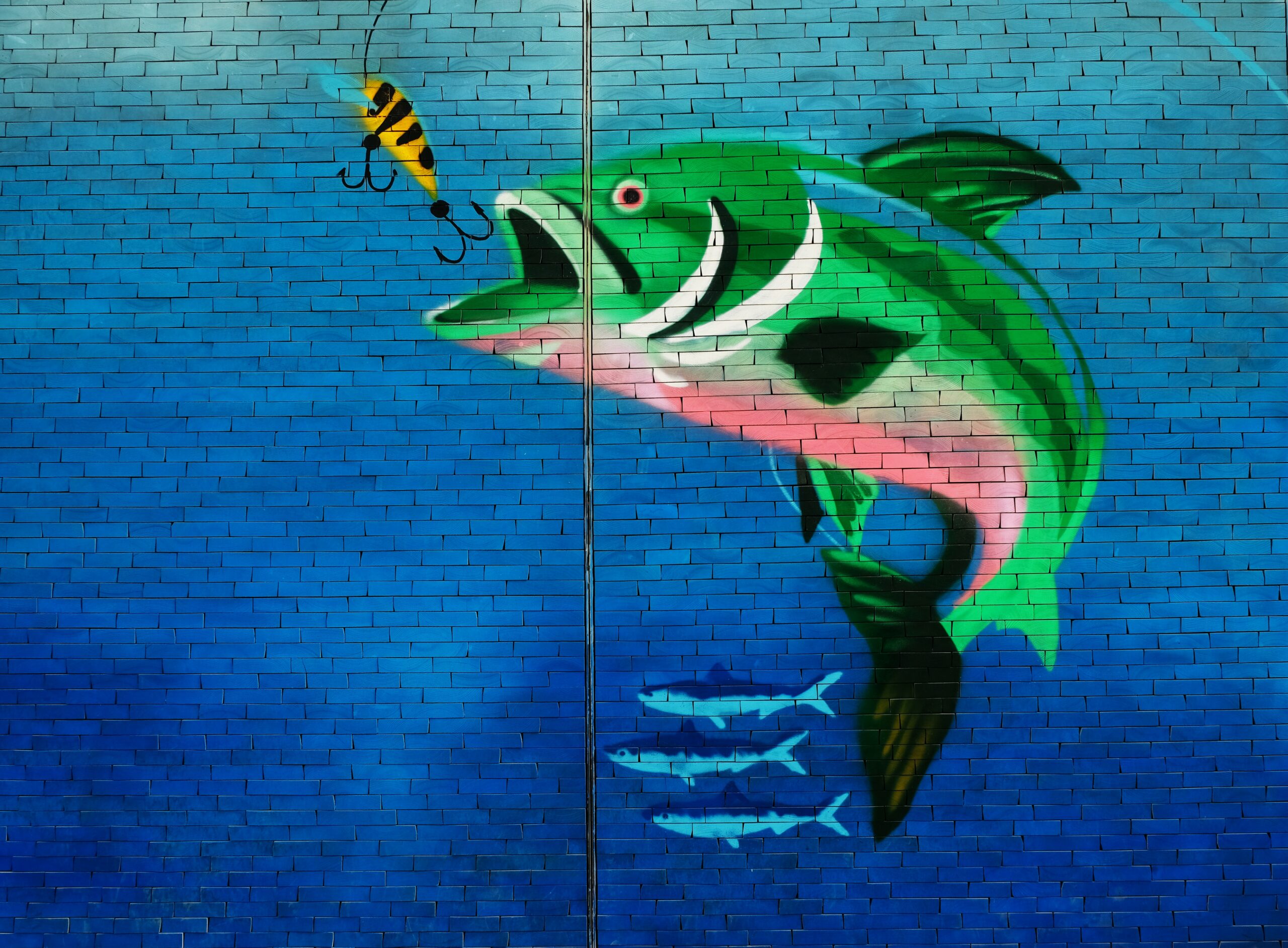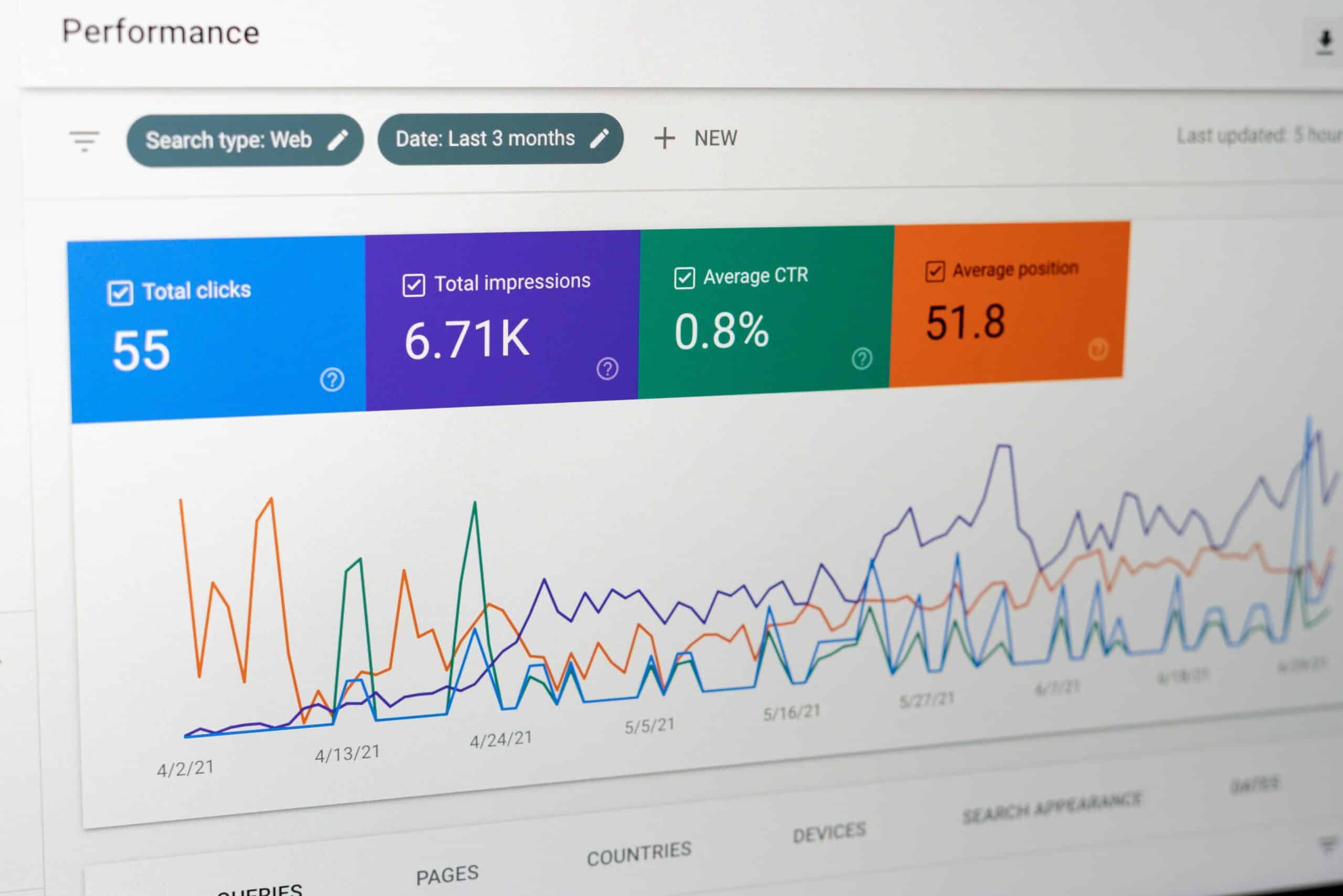Moobs, YOLO, slacktivist, clickbait. These words all turned up in the Oxford English Dictionary in 2016, signalling, perhaps, that the English language is now taking its cues from millennial text-speak. Following suit, we will be focusing on clickbait in this article, because, you know, YOLO. Next week: moobs.
What is Clickbait?
“Clickbait is a pejorative term describing web content that is aimed at generating online advertising revenue, especially at the expense of quality or accuracy, relying on sensationalist headlines or eye-catching thumbnail pictures to attract click-throughs and to encourage forwarding of the material over online social.”
Capturing Attention – But at What Cost?
Your Facebook feed is probably full of clickbait. Before you know it, you’ve clicked it. Whether it’s a vacuous Buzzfeed article or a foolproof money making scheme, we’ve all clicked on this type of content. Some people would argue that sites like Buzzfeed and Vice don’t actually do clickbait at all. Clickbait, according to these guys, has an element of deception in it, whereas Buzzfeed and Vice (even if they do make sensational claims) usually deliver what they promise in a headline.
There is a special art to writing a clickbait headline. It has to tempt us in with controversial, sensational, or bizarre claims. It has to hook our attention and cut through the noise. Such headlines are about driving engagement, but at what cost?
Well, for sites like Buzzfeed and Vice there is in fact plenty of rewards. For these sites, the purpose of clickbait is to generate a high volume of pageviews which generates ad revenue. However, in more standard content marketing strategies we might argue that pageviews are a vanity metric. For a standard strategy we might want to see forms being filled in, how many people clicked a call to action – and thin clickbait content is very bad for this.
The real problem with most clickbait is not the headline, it’s the content that you click through to. Slow-loading pages heavily loaded with ads. Crap quizzes that take about six hours to do. Never lose sight of the fact that google rewards content that is relevant to user intent. So rather than pinning all of your hopes on a headline, make sure you write pieces that are built around popular search queries.
10 Types of Clickbait
1. The Warts and All Confession
A dark secret, revealed. Usually about a minor celebrity and usually fake news.
2. The Miracle Cure
Here is a pill that cancels out diabetes. A special gel for your libido. Reverse death with this scented body spray. You get the idea.
3. The Quiz that 99% of People Can’t Pass
The reason that they can’t pass it is because it goes on forever, each click loading up a flurry of crappy banner ads.
4. Somebody is in Mortal Danger. What Happens Next is Tragic.
Click through a series of photos to see a person, or animal, being rescued.
5. The Ravages of Time
Want to see David Beckham’s neck fat? Or Brendan Fraser’s back hair? Of course you do. Plays on our obsession with celebrity.
6. This Unsurprising Thing Will Surprise You
Usually, you have to click through around 400 pages until you find something totally unsurprising. Will you fall down the rabbit hole?
7. The Secret to Success in 5 Minutes
How to make money. More often than not such links lead to financial ruin. Card details fast-tracked to a shady terrorist cell.
8. The Conspiracy Theory
Illuminati, freemasons, aliens on the moon. My personal favourite.
9. Sex Help
Did you know about this new wonder drug that increases the size of your nipples tenfold?
10. What Happens Next Will Blow Your Mind
It probably won’t … but then again, it just might … OK, I’ve clicked it and it doesn’t.
Clickbait was good when it was different and unique. But because everyone is doing it now, it has led to some social media platforms like Facebook actually penalizing it; because while they play on curiosity, the clicks that you’re getting aren’t actually qualified traffic.
In most content marketing strategies, content is set up to last for a long time. This is often called ‘evergreen’ content. But clickbait is designed to get you in the door, hoping then that you will have a binge on other content. Clickbait content is short, and it is often aggregated from other content. Aggregated is a kind word, we’re really just talking a cut-and-paste job. They prioritise quantity over quality.
Sites like Buzzfeed and Vice have huge teams of content creators that can churn out hundreds of stories every day. Their performance tends to be measured on the amount of traffic they generate, so it’s in their interest to be sensational. High traffic, low engagement. But, is that sustainable in the long run? We don’t think so.
Mastering the Art of Headline Writing
The real lesson here is how to write an engaging headline. Master this skill and it can be used for all sorts of things, including improving your email marketing. The difference between a catchy headline and a dud could be the difference between a successful campaign and a shit one. An intriguing subject line can make you stand out in even the most cluttered inbox. That is truly an art.
So, while we think you shouldn’t be writing clickbaity headlines, there is nothing wrong with crafting an amazing title that sums up what your content is about and captures the attention of the reader. Remember to always deliver on your promise. Because great content may start with a fantastic headline… but it needs to continue in the rest of the article, blog or page.



